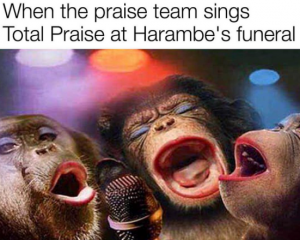I bet there is a good bit of you who have that one overly religious family member that has spit the fear of hell into your soul from a young age. If that is the case, there’s a good chance you’ve heard the story of Adam and Eve with the forbidden fruit and the serpent and all that good stuff. I am most definitely one of those kids and what I have always questioned was the depiction of the serpent. Most videos or pictures I had seen had shown the serpent as a snake with a long creeping body however, in a few of the different picture books or CCD worksheets I had used, the serpent appears to walk on legs, a very unexpected mode of transportation for a “snake.” Although many of those stories vary slightly in material as do many biblical stories, I always questioned that very vague difference between the serpents in all the varying versions of Adam and Eve.
There are a few different evolutional ideas as to why the critters who once walked on all fours now slithers on the ground. Science Mag’s Elizabeth Pennisi’s idea is that the mutation in a gene key concerning limbs and their formation. The study also suggests that even to this day, these snakes who onced walked on all fours, still work with small useless leg bones within them that are not clear to the naked eye.
This gene key mutated in such a way that it forbids the gene that allows limb formation to proceed. In this study, the causal variable, the gene key is directed correlated with the dependent variable, the growth or, in this case, the prohibition of growth. There is the concern that the evolution of the snake and its lack of legs, could be causing a change in the gene whether or not the gene key actually has an effect on the snake’s body make up in general. In this case, this would be reverse causation which is possible. A third variable to consider is the basic need to evolve and adapt to its ever changing world. Therefore its quite possible that the snake adapted in order to simple create itself into a more conducive creature for its circumstances.
The overall realization within this study is that the snake and other creatures are very interesting and the ability for adaptation is crazy.
http://www.sciencemag.org/news/2016/10/tiny-dna-tweaks-made-snakes-legless













